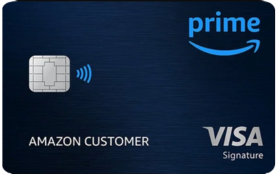While many companies have adjusted well to the ‘new normal’ of remote work, both employers and employees are learning that the pandemic also ushered in another workplace trend — employee productivity tracking.
From hospice care workers to remote tech companies, more and more companies are relying on employee monitoring software to calculate the time worked and even pay people according to the detected work times.
Their reasoning is that as people work from home, the technology could optimize productivity and ultimately benefit the entire company by reducing multi-tasking and other distractions.
The accuracy of this tracking software, however, is still up for debate and may even be counterproductive. The trackers are often unreliable and inaccurate at assessing work that is hard to quantify. For example, social workers at UnitedHealth were marked as idle for lack of keyboard activity while they were actively counseling patients.
Other criticisms also point to how the micromanagement of time can be demoralizing for employees and reduce their agency in their role by controlling their activities. Some employees found themselves afraid to use the bathroom while on the clock.
While companies experience differing results while tracking employees, it seems that workplace surveillance is not going anywhere for now.









 by your friends at The Daily Navigator
by your friends at The Daily Navigator



